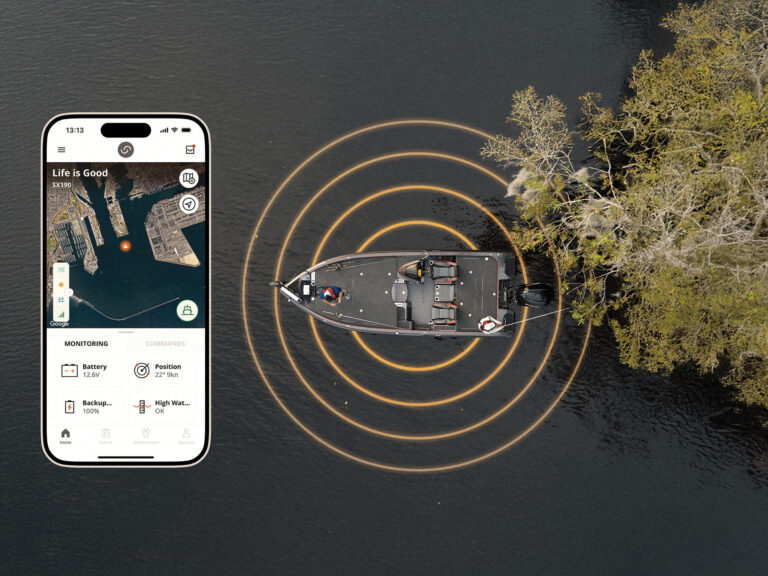The U.S. departments of Interior and Commerce today jointly announced the availability of the final Framework for the National System of Marine Protected Areas of the United States, completing a cooperative, multi-year effort to provide a comprehensive approach to the protection of the nation’s natural and cultural marine treasures.
The National System of Marine Protected Areas is the first formal mechanism for coordinating MPAs across all levels of government. The agencies also announced the nomination process for federal, state, territorial, tribal and local sites to join the National System of Marine Protected Areas.
MPAs are defined areas where natural or cultural resources are given greater protection than the surrounding waters. In the U.S., these areas may span a range of habitats including the open ocean, coastal areas, inter-tidal zones, estuaries, and the Great Lakes.
“Today’s announcement highlights a new focus on working together across jurisdictions to conserve our common ocean heritage,” said Timothy Keeney, deputy assistant secretary for oceans and atmosphere. “Through the national system of MPAs, we will have a more efficient, effective approach to conservation of the nation’s important natural and cultural marine resources.”
The publication of the Framework for the National System of Marine Protected Areas of the United States of America provides a blueprint for building the national system of MPAs. The framework outlines key components of the national system, including overarching national system goals and priority conservation objectives; MPA eligibility criteria; a nomination process for existing MPAs to be included in the national system; and a science-based, public process for identifying conservation gaps in existing protection efforts where new MPAs may be needed.
.
“This lays the groundwork for a national system of MPAs that will ensure that our ocean’s resources are conserved for future generations,” said Kaush Arha, deputy assistant secretary for fish, wildlife and parks. “Our nation as a whole will benefit from this comprehensive and representative system that not only enhances conservation and collaboration, but also will identify biologically or culturally important areas that are currently not adequately protected to ensure their long-term viability.”
In addition to public comments, extensive advice on the development of the national system and the Framework came from the 30-member MPA Federal Advisory Committee (MPA FAC) – a group composed of natural and social scientists, state and tribal resource managers, commercial fishermen, anglers, energy and tourism industry representatives, divers, and environmentalists. The MPA FAC was created in 2003 and has been working since then to develop recommendations for designing and implementing the national system.
Mark Hixon, MPA FAC Chair and Professor of Zoology at Oregon State University, notes that “Marine Protected Areas can be a controversial topic, yet the process we announce today is evidence that people with different views and interests can collaborate on the management of our valuable ocean resources.”
MPA FAC Vice-Chair Bob Zales II, owner of Bob Zales Charters in Panama City, Florida, and President of the National Association of Charterboat Operators, added, “The national system provides a science-based and transparent process for identifying areas where new protection efforts may be needed. This is the type of open process that ocean users want to see.”
Presidential Executive Order 13158 of May 2000, calls for a scientifically based, comprehensive national system of MPAs that represents the nation’s diverse marine ecosystems and natural and cultural resources. NOAA’s National Marine Protected Areas Center led its development on behalf of the departments of Commerce and Interior, and in consultation with federal agencies, coastal states and territories, tribes, federal Fishery Management Councils, and the public. The national system does not establish any new legal authorities to designate MPAs, but provides a mechanism for MPAs across all levels of government to work together more effectively to achieve common goals.
The Department of Commerce, through NOAA, and the Department of the Interior will build the national system gradually over time. Priority conservation objectives, identified in the Framework document, will guide the development of the national system and identify existing MPAs to be included, as well as conservation gaps which might be addressed through the establishment of new MPAs.
Today also marks the start of the nomination process for sites to join the national system. MPAs meeting the eligibility criteria defined in the Framework are invited to nominate themselves through their federal or state managing agency. All nominated sites will be available for public comment at www.mpa.gov.
MPAs that are accepted into the national system will be the focus of cooperative efforts to address common resource management challenges and will be placed on the official List of National System MPAs, which will be available to the public via the Federal Register and on www.mpa.gov.
NOAA expects the final Framework document to be published in the Federal Register on Nov. 19. The Framework document is available for download now www.mpa.gov.
NOAA understands and predicts changes in the Earth’s environment, from the depths of the ocean to the surface of the sun, and conserves and manages our coastal and marine resources. Visit http://www.noaa.gov.









